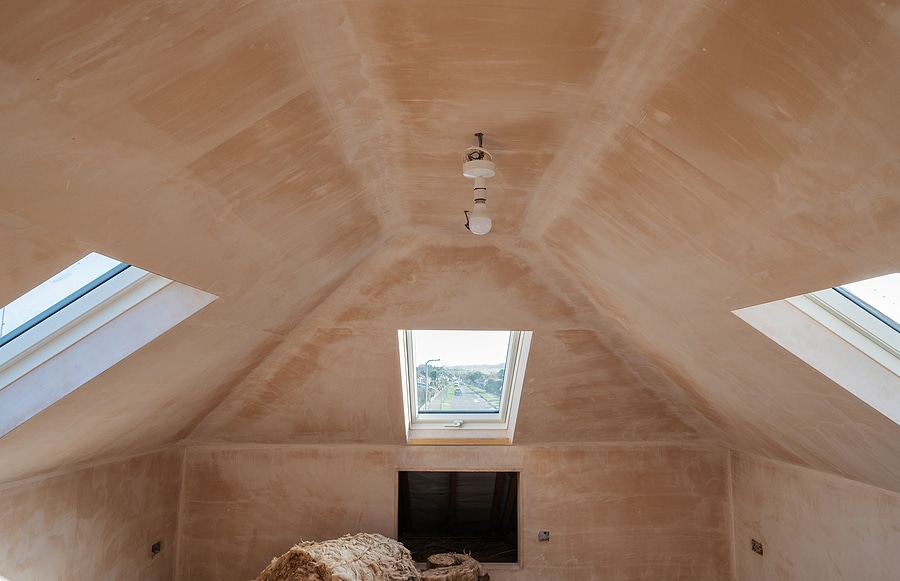Do You Need Planning Permission To Covert Your Loft?

A loft conversion is an excellent way to add more space and value to your home without extending its footprint. However, it’s vital to understand the regulations surrounding such a project. Like do you need planning permission to covert your loft?
This guide will hopefully provide you with all the important information you need about loft conversion regulations, planning permissions, and how to go about planning your new loft conversion.
Table of Contents
Loft Conversion and Permitted Development Rights
The good news is that in many cases, loft conversions can be carried out under Permitted Development Rights (PDR), meaning you won’t need full planning permission.
The UK government has set out specific limits and conditions for loft conversions that fall under this category.
What are Permitted Development Rights?
Permitted Development Rights are a set of rules that allow homeowners to carry out certain types of work without needing to apply for planning permission.
For loft conversions, the PDR guidelines limit the volume of additional roof space to 40 cubic metres for terraced houses and 50 cubic metres for detached and semi-detached houses.
Its always advisable to speak to your architect or local loft conversion expert to clarify what category your planned conversion falls in to.
Conditions for Permitted Development
Additions and alterations made to a roof to enlarge a house (for example a loft conversion or the replacement of an existing flat roof with a pitched roof) will only be permitted development, if no part of the house once enlarged exceeds the height of the highest part of the roof of the existing house.
If it does, planning permission will be required.
The highest part of the roof of the existing house will be the height of the ridge line of the main roof (even though there may be other ridge lines at a lower level) or the height of the highest roof where roofs on a building are flat.
However, there are several conditions that your loft conversion needs to meet to be considered a permitted development. These include:
The loft conversion should not exceed the highest part of the existing roof.
The materials used should be similar in appearance to the existing house.
No verandas, balconies or raised platforms should be included.
Side-facing windows should be obscure-glazed, and any opening should be 1.7 metres above the floor.
The loft conversion should not be on designated land, including national parks, Areas of Outstanding National Beauty, the Broads, conservation areas, and World Heritage sites.
So Do You Need Planning Permission To Covert Your Loft?
If your loft conversion plans don’t fall within these PDR guidelines, you must apply for planning permission. Here are a few instances when planning permission becomes mandatory:
Exceeding Permitted Development Limits
If your loft conversion plans exceed the volume limits set under the PDR, you will need planning permission. This also applies if you intend to make changes that don’t align with the conditions of the PDR, such as incorporating a balcony or using dissimilar materials.
Loft Conversion in Flats, Maisonettes and Listed Buildings
UK flats, maisonettes, and listed buildings do not fall under the PDR, and hence, any loft conversions in these properties would require planning permission.
Loft Conversion in Conservation Areas
If your property is in a conservation area or other designated land, you will need planning permission for your loft conversion. The rules are often more stringent in these areas to maintain their character and appearance.
Building Regulations for Loft Conversions
Regardless of whether you need planning permission, your loft conversion must comply with the Building Regulations.
These regulations ensure that the work carried out is structurally sound, fire-safe, and reasonably insulated from sound. Here are key areas that the Building Regulations cover:
Structural stability: This refers to the strength of the joists, roof, and foundations.
Fire safety: Fire-resistant doors and mains-powered smoke alarms are required.
Sound insulation: The conversion should ensure adequate noise insulation between the loft and rooms below.
Thermal performance: The conversion should meet modern standards for insulation.
Party Wall Agreements and Loft Conversions
If your loft conversion involves work on a wall that adjoins your neighbour’s property, it will fall under the Party Wall Act.
This means you need to notify your neighbour about your plans and reach an agreement, called a Party Wall Agreement, before starting work.
Loft Conversion Designs
There are several types of loft conversions, and the one you choose depends on your existing roof structure, budget, and planning restrictions. Here are a few common types:
Roof Light Loft Conversion: This is the simplest and cheapest type of loft conversion, where you add windows and reinforce the floor without altering the space.
Dormer Loft Conversion: This involves creating a vertical wall from the sloping roof, providing more headroom and space for standard windows.
Hip to Gable Loft Conversion: In this type, the slanted end of the roof is straightened to create a vertical wall, increasing space within the loft.
Mansard Loft Conversion: This is an extensive conversion, where the roof is made almost vertical, and a flat roof is added on top. This type often requires planning permission.
A well-planned loft conversion can add significant value to your property and provide you with valuable additional living space. Hopefully we have answered the question – do you need planning permission to covert your loft?
However, it’s essential to understand the planning permissions and regulations involved.
If your loft conversion falls within the Permitted Development Rights, you can proceed without planning permission.
However, if your plans exceed the PDR limits or your property is in a conservation area or is a listed building, you will need to apply for planning permission.
Regardless of the need for planning permission, all loft conversions must comply with Building Regulations for safety and quality.
Finally, remember to consider the type of loft conversion that best suits your needs, property, and budget.
